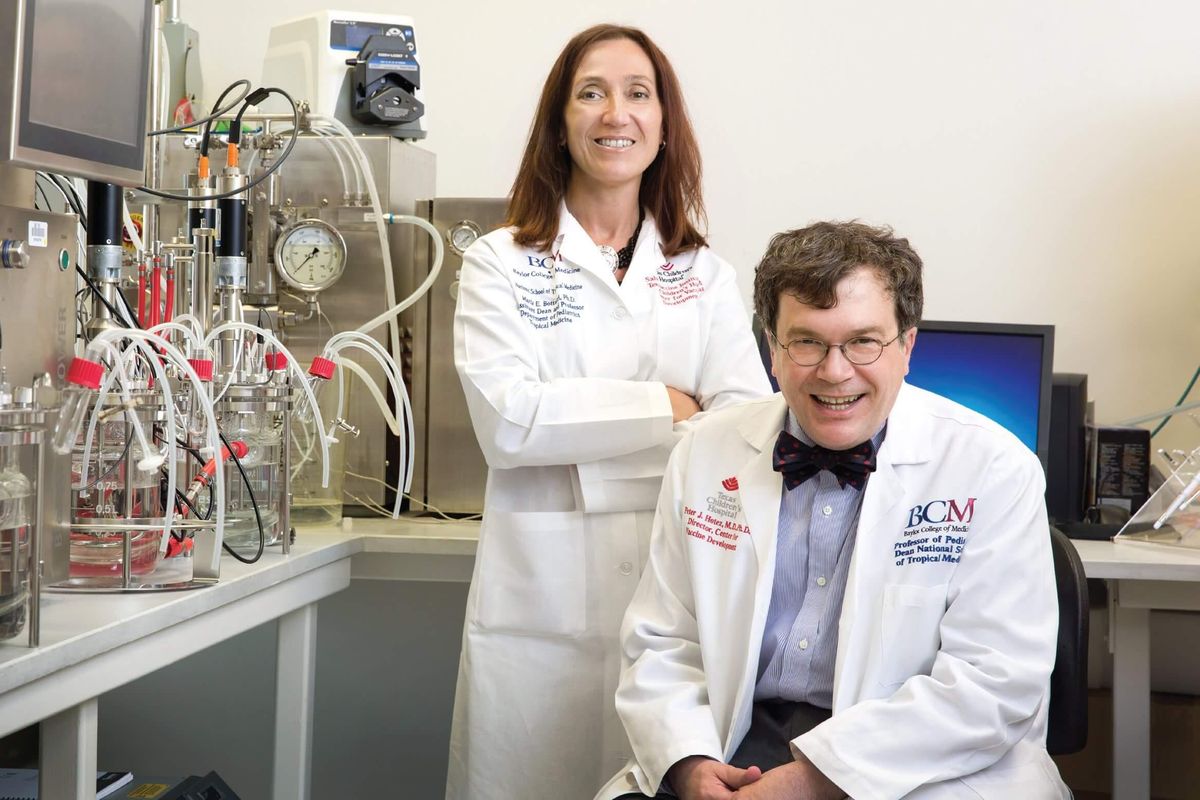Houston jobs could be hit hard by the rise of robots, one study finds
Automation nation
If a new forecast comes true, Houston's manufacturing sector could take an especially hard hit from the upturn in the use of robots.
In a new report, Oxford Economics, a forecasting and analysis firm based in the United Kingdom, ranks Texas as the third most vulnerable state when it comes to human workers in manufacturing being replaced by robotic labor. The report gives no estimate of how many manufacturing jobs Texas might lose to robots, but around the world, robots could boot 20 million jobs by 2030.
About one-third of Texas' manufacturers operate in the Houston metro area, meaning the robot revolution carries significant weight for the regional economy.
In 2017, manufacturing accounted for $82.6 billion, or nearly 17 percent, of the Houston area's economic output, the U.S. Bureau of Economic Analysis says. Manufacturing employment in the region averaged 219,160 jobs in 2017, with total wages of nearly $4.8 billion.
Among the top manufacturing segments in the region are fabricated metals (22 percent of all manufacturing jobs), machinery (19 percent) and chemicals (17.5 percent), according to the Greater Houston Partnership. Between 2012 and 2017, manufacturing employment in the Houston area slipped by 9.8 percent, going from 243,011 workers to 219,160 workers.
However, a recent report from the Economic Innovation Group shows Harris County netted more manufacturing jobs (11,592) from December 2016 to December 2018 than any other county in the U.S.
According to the National Association of Manufacturers, the manufacturing sector in Texas created more than $226 billion in economic output in 2017. Last year, about 880,900 people held manufacturing jobs in Texas; that's more than 7 percent of the statewide workforce.
In declaring that Texas sits among the states most susceptible to job losses due to robotics, Oxford Economics took into account factors such as:
- Dependence on manufacturing jobs.
- Current use of robots in manufacturing.
- Productivity of the manufacturing workforce.
Based on those criteria, Texas received a robot vulnerability score of 0.50. The top two states, Oregon and Louisiana, each got a score of 0.58, with the higher number meaning greater vulnerability.
The report cites three reasons for the ascent of robots in manufacturing:
- Robots are becoming cheaper than humans.
- Robots are becoming more sophisticated.
- Demand for manufactured goods is rising.
"The rise of the robots will boost productivity and economic growth. It will lead, too, to the creation of new jobs in yet-to-exist industries, in a process of 'creative destruction,'" according to the Oxford Economics report. "But existing business models across many sectors will be seriously disrupted. And tens of millions of existing jobs will be lost, with human workers displaced by robots at an increasing rate as robots become steadily more sophisticated."
Tony Bennett, president and CEO of the Texas Association of Manufacturers, says the Oxford Economics report isn't all gloom and doom.
"Robotics and mechanization in our advanced manufacturing industries will continue to displace some general-labor jobs. However, this change is also ushering in a new set of higher-skilled jobs that are being created to engineer, build, and service these sophisticated machines," Bennett says. "The state of Texas must continue striving to increase educational opportunities in engineering, math, science, and career and technical programs to meet the complex manufacturing processes of the future."
Houston Community College's Advanced Manufacturing Center for Excellence is among the organizations in the Houston area that are preparing workers for jobs in robotics and other high-demand, tech-driven aspects of manufacturing.
"Innovation is Houston's bedrock," Houston Mayor Sylvester Turner said in 2017. "The city would have never thrived without the innovations it took to build the Ship Channel and the innovating that goes on every day in the energy industry, at the Texas Medical Center, at the Johnson Space Center and in the manufacturing sector. Now, Houston is poised to take its place at the forefront of the American future in technology."
Earlier this year, another study found a similarly daunting result. Almost half of Houston's workplace tasks are susceptible to automation, according to a new report from the Brookings Institution's Metropolitan Policy Program. Of 100 metros analyzed, Houston ranks 31st among the country's 100 biggest metros, with 46.3 percent of work tasks susceptible to automation.

















